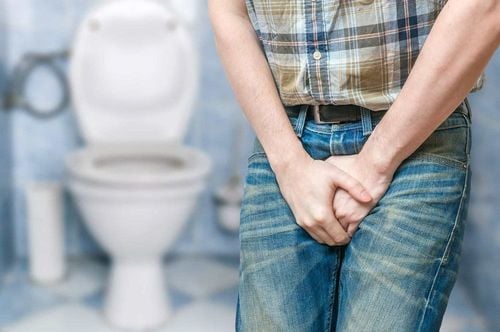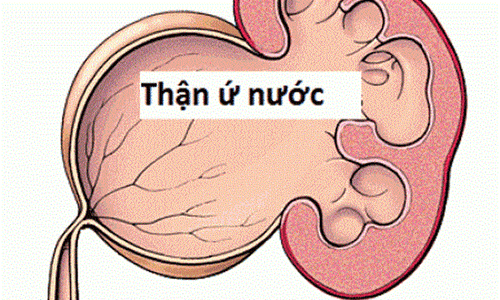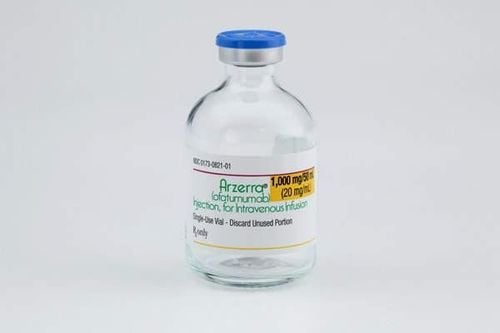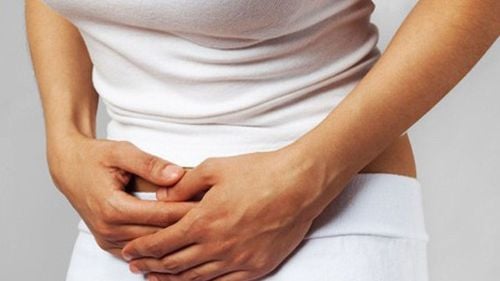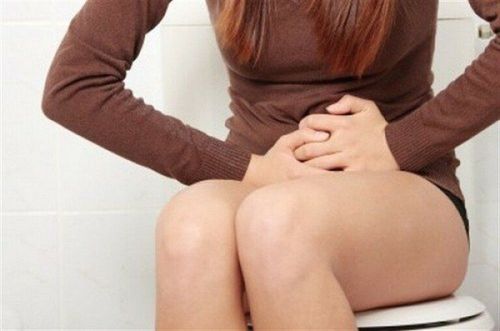This is an automatically translated article.
This article is expertly consulted by a Doctor Urologist - Department of General Surgery & Anesthesia - Vinmec Hai Phong International General Hospital.
Treatment methods for ureteral stricture often have the disadvantage of a high risk of recurrence. In case of recurrent ureteral stricture, reoperation with endoscopic stenting is required.
1. Treatment of ureteral stenosis prone to recurrence
Ureteral stenosis is a relatively common urinary tract injury and presents a treatment challenge for physicians. The ureter is an important part of the urinary tract, whose main function is to carry urine out of the body in both men and women. Particularly for men, the ureter plays an important role in the process of ejaculation from the genital tract. In men, ureteral stricture can occur from the neck of the bladder to the tip of the genitals. The cause of ureteral stricture may be due to sequelae from trauma, infection, after treatment of other diseases or congenital. Some signs of ureteral stricture are difficulty urinating, decreased urine output, slow urine flow, lower abdominal pain, abnormal urethral discharge, urinary tract infection, possibly blood in the urine. In severe cases, patients with ureteral stricture cannot go to the toilet as usual, but must be supported with a catheter on the pubic bone to help bring urine from the bladder out. For an accurate diagnosis, the doctor needs to conduct a physical examination, X-ray urethrography, ultrasound or endoscopic ureteroscopy.
The current treatment of ureteral stenosis in Vietnam is mainly urethral dilation, urethrotomy and urethroplasty. However, these methods have the disadvantage that the rate of recurrent ureteral stenosis is high, up to 50 - 60% according to some research reports. For patients with recurrent ureteral stricture, reoperation with endoscopic stenting is required.
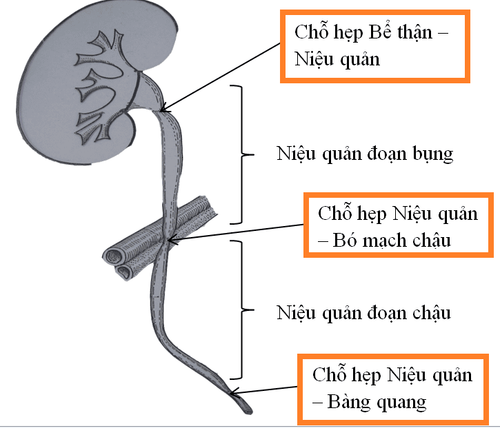
2. It is difficult to thoroughly treat ureteral stenosis
Urethral stricture is less common than urethral stricture, but it is difficult to treat thoroughly. Ureteral stenosis is a consequence of benign lesions (congenital, calculus, inflammatory, post-treatment disease) or malignant proliferation of cells, causing compression from the inside or from the outside.
In the world, JJ stenting endoscopic treatment for ureteral stricture is a less traumatic, highly effective approach, starting to be applied in the 90s. However, this method has been developed. stronger in recent times when the stent has been completely covered with silicon, thus avoiding some dangerous disadvantages such as stone formation or mucosal growth into the stent lumen. Some initial studies on this type of stent have shown very positive medium and long-term treatment results.
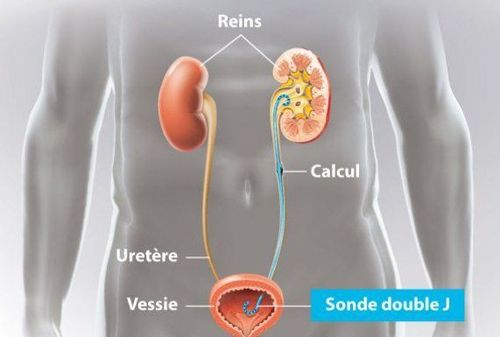
3. Notes for endoscopic patients with JJ stent stents
JJ Stent is a hollow tube of flexible plastic material, specially designed to be inserted into the ureter, under ureteroscopy guidance. JJ stenting is indicated when there is obstruction in the ureter or kidney. However, similar to other methods, endoscopic treatment of recurrent ureteral stenosis also has the potential to cause unwanted effects, affecting quality of life.
Usually, patients respond well to JJ stents. However, some people experience health problems. These side effects may appear for only a few days, or they may be in the first few weeks after stenting. Some other patients claim that these unusual symptoms persisted for as long as the stent was present in their body. Accordingly, the side effects of stenting include:
Causes hematuria at different times of the day: Normally, physical activity causes the stent to move strongly in the body, leading to damage and urine. there may be blood. Along with that, the patient feels pain in the hips, back, bladder, groin, genitals, sometimes pain spreading down the testicles (in men). In particular, pain and discomfort are often more pronounced after vigorous physical activity or after urinating; Causes bladder irritation, causing stented patients to urinate more often, including having to wake up at night to urinate. However, these symptoms usually appear only for the first time after surgery and will gradually improve after taking medicine; In some cases, the stent becomes calcified and forms an outer sheath, almost like a stone; The stent can sometimes be displaced from its original position. In this situation, the stent will often travel down the bladder and cause some serious symptoms, including the need to urinate, bladder discomfort, and blood in the urine. These side effects will all disappear after the stent is removed from the patient's body. During the stenting period, the patient can still exercise, play sports, and travel normally, but need to monitor for abnormal symptoms related to the urinary tract. In some cases, medical help and care are sometimes needed.
For ureteral stricture, it is important that the patient is diagnosed early. Thus, the treatment will be simpler, and the chance of recurrence will also be somewhat reduced.
Please dial HOTLINE for more information or register for an appointment HERE. Download MyVinmec app to make appointments faster and to manage your bookings easily.




